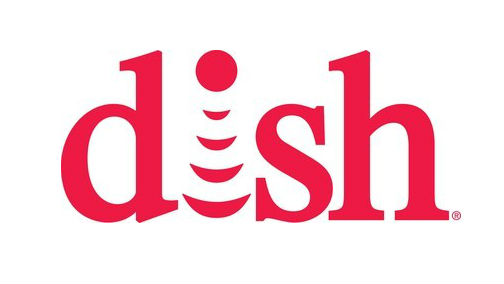Dish Q1 Sub Losses Grow

Dish Network pay TV subscriber losses nearly doubled in the first quarter to 413,000, as declines at its streaming service Sling TV outpaced those at its satellite TV unit for the first time.
Dish ended the quarter with 11.3 million pay TV customers, 9.01 million satellite TV customers and 2.3 million Sling TV customers. In its 10-Q quarterly report filed with the Securities and Exchange Commission, Dish said it lost about 281,000 Sling TV subscribers, while customers of its satellite TV service fell by 132,000.
Dish launched Sling TV in 2015, and the service gained customers for 19 straight quarters, peaking at about 2.7 million customers in Q3 2019. That streak was snapped in Q4 2019, when it lost about 94,000 customers, and continued in Q1.
The declines were due in part to the COVID-19 pandemic, which has decimated pay TV subscriber rolls across the country. In a press release, Dish said the impact of the pandemic was especially hard in its commercial segments, which include the airline and hospitality industries. Dish said it paused about 250,000 commercial customer accounts or provided temporary rate relief in an effort not to charge them for services that were no longer being viewed.
Also possibly affecting pay TV results was the absence of sports programming associated with the pandemic. Dish also stopped carrying several regional sports networks in July, and in November 2018 dropped carriage of premium channel HBO. In addition, Sling TV initiated a $5 per month price increase in January, which may have spurred some customers to switch.
But analysts also noted that the decline came at the same time Sony shuttered its PlayStation Vue streaming service, essentially setting about 500,000 homes in search of a new pay TV provider. That Dish didn’t appear to snap up at least some of those former PlayStation Vue customers concerned some analysts.
“[E]ven if many existing Sling customers were leaving, why weren’t more new ones subscribing, given that 1) Sling remains the cheapest of the vMVPDS, and 2) there were so many displaced cord-cutters who were, presumably, looking to go somewhere,” MoffettNathanson principal and senior analyst Craig Moffett wrote in a note to clients.
The smarter way to stay on top of the multichannel video marketplace. Sign up below.
